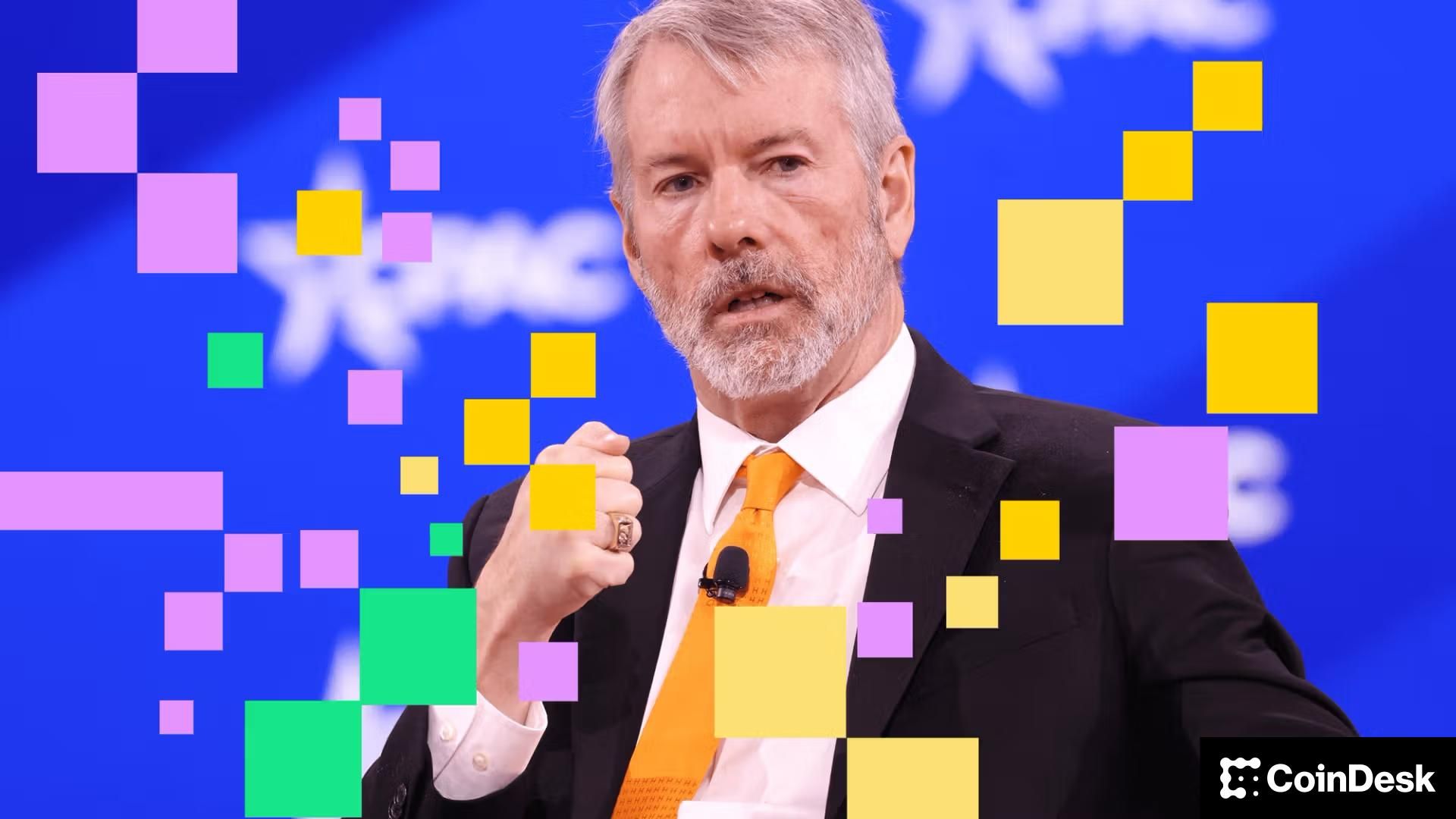How a bet sparked a corporate shift


In the summer of 2020, Michael Saylor—then-CEO of what was, at the time, called MicroStrategy (MSTR)—made a decision that would elevate his company’s publicly traded financial strategy and ripple throughout classrooms for the coming year.
Initially created as an enterprise business software firm, the company now known as Strategy is sitting on more than $500 million in cash. But Saylor sees money not as a cushion but as a melting block of ice. With inflation ticking up and interest rates near zero, holding the dollar seems riskier than ever.
So instead of parking that cash in bonds or stock purchases, Saylor went into Bitcoin . He calls it the world’s “Apex Asset” – scarce, decentralized, and, in his view, structurally immune to inflation. By August 2020, MicroStrategy had purchased its first 21,000 Bitcoins for $250 million. The company continues to buy. The move is not only unusual – it’s unprecedented. And it marked the birth of the Digital Asset Treasury strategy: using crypto, especially Bitcoin, as a corporate reserve asset.
That playbook gained new momentum in 2024 when Wall Street finally opened the door to mainstream crypto investment. After years of back-and-forth with regulators, the SEC approved Spot Bitcoin Exchange-Traded Funds (ETF) in January, followed by Spot Ether ETFs in May. Institutional access has exploded.
Also in May, medical device maker Semler Scientific announced it was buying Bitcoin as part of a new corporate treasury strategy modeled directly on Strategy’s. The decision came as a surprise from a healthcare company that has no ties to digital assets, but company chairman Eric Semler is a long-time observer of the crypto-ecosystem and the company said the long-term potential of the asset made it a smarter place for idle capital than Fiat. Other companies have followed suit with small cap tech firms and even non-tech manufacturers disclosing digital asset holdings in earnings reports.
Strategy — now rebranded as a Bitcoin development company (with Saylor serving as executive chairman) — has seen the stock soar more than 350% in 2024 as demand for Bitcoin soars. After surviving a difficult 2022 when Bitcoin fell below the $15,000 range, Saylor and Stategy’s early bet.
But not everyone who tried the strategy saw lasting results. For example, Semler Scientific, despite early enthusiastic investors and the accumulation of more than 5,000 Bitcoin, has seen its shares fall 54% this year, now sitting below the level where they stood before the company bought Bitcoin. In September, this agreed to merge In another struggling Bitcoin Treasury company, (ASST) is struggling, but the fellow’s shares have sunk even further.
Spread on altcoins
Noticing Saylor’s success, attention expanded beyond Bitcoin. Ether came first, with Joe Lubin and Tom Lee each helming companies dedicated to accumulating ETH tokens. Speculation about future altcoin ETFs — including those for Solana, XRP and others — has sparked even more interest in diversifying into corporate crypto treasuries. Some companies, looking to diversify or align with emerging networks, have begun to accumulate other tokens. NASDAQ-Traded Trident Digital, for example, Added XRP to its Treasury in June 2025.
The strategy, though, was also exploited. A flood of penny stocks and hidden microcap companies have begun using Bitcoin as a headline tool, not an investment thesis. These companies have no real exposure to digital assets as a business – no mining rigs, no blockchain products. But they saw what happened to the stock strategy and tried to copy it. The formula has become familiar: issue a press release touting a pivot to crypto, announce a small purchase of Bitcoin or Solana, and watch the stock briefly spike. In many cases, it worked – for a day or two.
Amid falling stock prices, some Treasury companies have been forced to change parts of their strategy – even to the point of selling crypto to raise cash for share purchases. Ethereum dedicated Ethzilla (ETHZ), once lauded for building an ether-based corporate Treasury, disclosed this past week that Sold nearly $40 million in ETH from its reserves. It used part of the cash to buy back its own stock, as the company’s market value fell below the value of its crypto holdings and pledged to continue repurchasing, if necessary. It’s a reminder that price swings can cut both ways, even for companies that hold what they consider “hard assets.”
However, for all the companies that tried, none matched what strategy worked. Its balance now holding more than 641,000 BTC – 3% of total supply. Michael Saylor, once a niche enterprise software executive, is now one of Bitcoin’s most prominent advocates. And while many other CEOs have dabbled in the digital Treasury strategy, none have gained the same level of credibility.
Whether the strategy becomes a fixture of modern finance or fades as a speculative bubble remains unclear. Right now, it’s Michael Saylor’s game – everyone’s just trying to play it.


